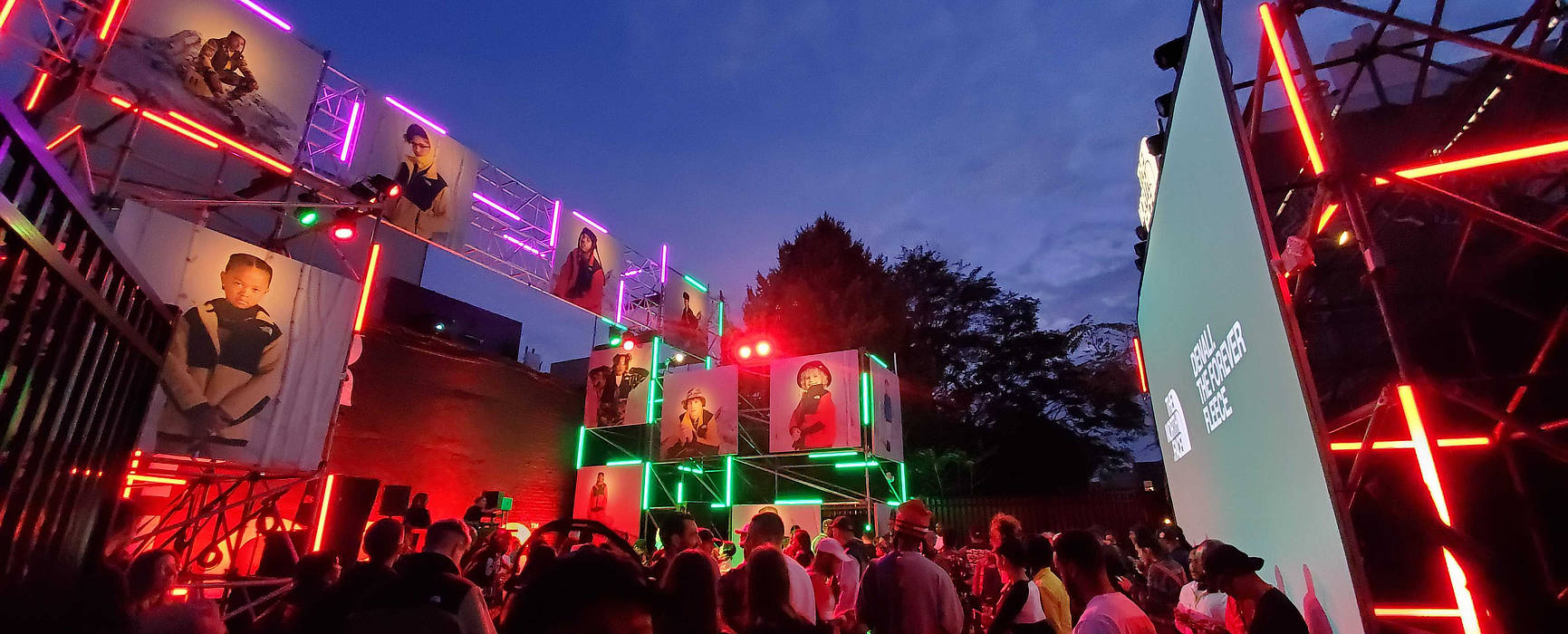Professional Tactics for Ensuring Peak Performance of Light Emitting Diode Video Screens During Live Music Shows
Professional Tactics for Ensuring Peak Performance of Light Emitting Diode Video Screens During Live Music Shows
Blog Article
Light Emitting Diode video walls are growing more popular for real-time performances, such as musical events, conferences, and sports events. These large screens provide lively images that can improve the audience's enjoyment. However, to ensure best performance during these events, it is essential to implement particular strategies. This article will explore five key tactics that can help preserve the quality and dependability of LED display screens during real-time performances.
First and foremost, correct installation is crucial for the functionality of Light Emitting Diode display walls. The installation should be done by qualified experts who comprehend the technical requirements of the gear. This includes ensuring that the display screen is safely mounted and that all connections are correctly made. Additionally, the location of the video wall should be carefully selected to avoid direct light, which can cause glare and affect sight. A well-planned installation will help avoid technical problems and ensure that the video screen operates seamlessly throughout the event.
An additional important strategy is to conduct comprehensive checks before the event starts. This involves operating the video screen through multiple situations to check for any possible problems. Specialists should check the luminosity, hue accuracy, and clarity of the screen. It is also important to verify the sound-visual synchronization, especially for events that feature video presentation. By identifying and resolving any issues in prior, event planners can avoid interruptions during the live performance and guarantee a seamless encounter for the audience.
In furthermore to setup and checks, having a contingency strategy is vital for the effectiveness of LED video walls. Technical failures can occur unexpectedly, go to the website so it is crucial to be prepared. Performance planners should have spare gear on hand, such as spare Light Emitting Diode panels and cables. Furthermore, having a qualified technician available during the event can help promptly resolve any issues that may occur. This proactive method can reduce interruptions and keep the event operating seamlessly, guaranteeing that the audience stays engaged.
Another tactic to think about is the use of suitable material for the LED video screen. The visuals displayed should be high-quality and relevant to the performance. This implies using graphics and videos that are specially created for large screens. Material should be checked to ensure it looks well on the display wall and is simple to view from a distance. Captivating images can enhance the overall encounter and maintain the spectators' attention on the performance.
Lastly, routine upkeep of the Light Emitting Diode display screen is crucial for long-term performance. After each event, technicians should inspect the equipment for any indications of damage or degradation. Wiping the screens and verifying connections can help prevent future issues. Additionally, keeping software and updates current guarantees that the display screen operates efficiently. By focusing on upkeep, performance planners can extend the lifespan of their LED video walls and guarantee they are always prepared for the next live event.
In conclusion, guaranteeing optimal performance of LED video walls during real-time performances requires meticulous preparation and execution. By focusing on correct setup, thorough testing, having a backup strategy, using appropriate content, and regular upkeep, performance planners can create a effective and captivating encounter for their spectators. These strategies not only enhance the aesthetic effect of the event but also contribute to its overall effectiveness.